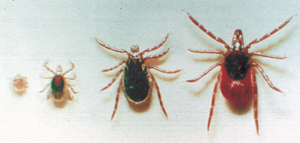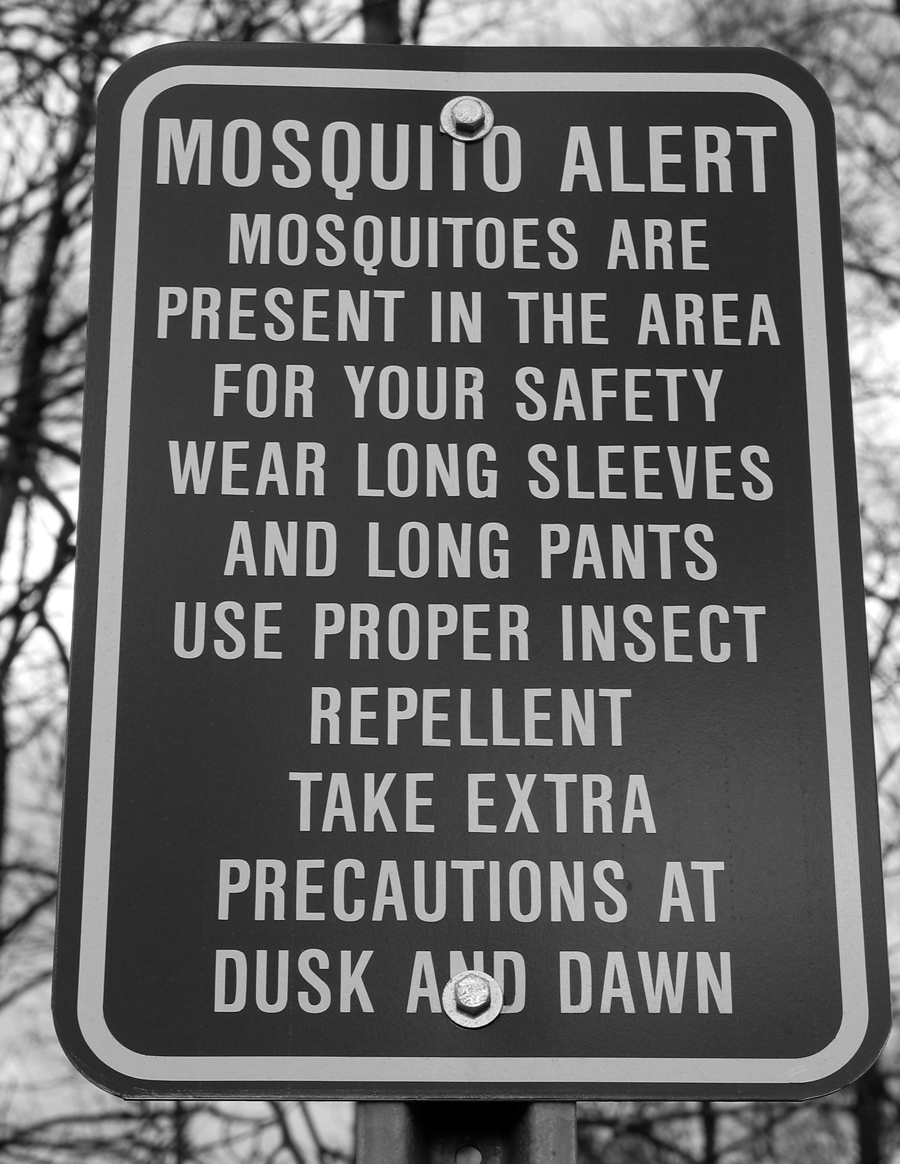15
Mar
Initiatives to Label Genetically Engineered Food Gain Momentum Across the Country
(Beyond Pesticides, March 15, 2012) Earlier this week, 55 Members of Congress signed on to a letter that calls on U.S. Food and Drug Administration (FDA) Commissioner Margaret Hamburg, M.D. to require the labeling of genetically engineered (GE) food. The bicameral letter, led by Senator Barbara Boxer (D-CA) and Representative Peter DeFazio (D-OR), was written in support of a legal petition filed by the Center for Food Safety (CFS) on behalf of the Just Label It campaign and its nearly 400 partner organizations and businesses, including Beyond Pesticides. So far, over 950,000 people have submitted comments in support of labeling since CFS filed the legal petition in October 2011.
The campaign also recently launched a new infographic, (pictured to the right) which visually explains why FDA should Just Label It. It is designed to clearly show the need for labeling of GE foods, and is convenient for sharing on-line and via social media. 
Meanwhile, on the West coast, The California Right to Know Initiative Campaign is also gaining momentum with its signature gathering efforts across the state to place a voter backed initiative on the November 2012 ballot that would mandate labeling of genetically engineered food. The effort is supported by a broad coalition of public health, family, environmental organizations, farmers and individuals. So far, thousands of energized volunteers have been collecting signatures to qualify the petition for the ballot since mid-February across the state.
The Congressional letter to FDA states:
“At issue is the fundamental right consumers have to make informed choices about the food they eat”¦The agency currently requires over 3,000 other ingredients, additives, and processes to be labeled; providing basic information doesn’t confuse the public, it empowers them to make choices. Absent labeling, Americans are unable to choose for themselves whether to purchase GE foods”¦. We urge you to fully review the facts, law, and science, and side with the American public by requiring the labeling of genetically engineered foods as is done in nearly 50 countries throughout the world.”
In the U.S. there is overwhelming public demand ””consistently near 95%”” for the labeling of GE foods. The U.S. policy of not requiring GE labeling makes it a stark outlier among developed and developing nations. Nearly 50 countries have mandatory labeling policies for GE foods including South Korea, Japan, the United Kingdom, Brazil, China, Australia, New Zealand, the entire European Union, and many others.
In its 1992 policy statement, FDA allowed GE foods to be marketed without labeling on the basis that they were not “materially” different from other foods. However, the agency severely limited what it considered “material” by targeting only changes in food that could be recognized by taste, smell, or other senses —applying 19th century science to the regulation of 21st century food technologies. The outdated standard has no legal basis in the statute and was adopted by FDA despite a lack of scientific studies or data to support the assumption that GE foods are not materially different from conventional foods.
The 45 Members of the U.S. House of Representatives to join the Congressional letter are: Peter DeFazio (OR-4), Richard Hanna (NY-24), Dennis Kucinich (OH-10), George Miller, (CA-7), Louise Slaughter(NY-28), Keith Ellison (MN-5), Raul Grijalva (AZ-7), Peter Welch (VT-At Large), Hansen Clarke (MI-13), Earl Blumenauer, (OR-3), Lloyd Doggett (TX-25), Anna Eshoo (CA-14), Sam Farr (CA-17), Maurice Hinchey (NY-22), Rush Holt (NJ-12), Chellie Pingree (ME-1), Jim McDermott WA-7), Madeleine Bordallo (GU-At Large), James Moran (VA-8), John Olver (MA-1), Jared Polis (CO-2), Charles Rangel (NY-15), Suzanne Bonamici (OR-1), Pete Stark (CA-13), Howard L. Berman (CA-28), Robert Brady (PA-1), David Cicilline (RI-1), Yvette D. Clarke (NY-11), Steve Cohen (TN-9), Dianne DeGette (CO-1), Bob Filner (CA-5), Barney Frank (MA-4), Luis Gutierrez (IL-4), Janice Hahn (CA-36), Michael Honda (CA-15), Barbara Lee (CA-9), Zoe Lofgren (CA-16), James McGovern (MA-3), Jan Schakowsky (IL-9), Jackie Speier (CA-12), John Tierney (MA-6), Melvin L. Watt (NC-12), Lynn Woolsey (CA-6), Maxine Waters (CA-35), and Grace Napolitano (CA-38).
The 10 Members of the U.S. Senate to join the letter are: Barbara Boxer (CA), Patrick Leahy (VT), Bernie Sanders (VT), Daniel Akaka (HI), Dianne Feinstein (CA), Ron Wyden (OR), Mark Begich (AK), Jon Tester (MT), Richard Blumenthal (CT), and Jeff Merkley (OR).
The letter was supported by more than 70 businesses and organizations including Stonyfield Farm, the National Cooperative Grocers Association, the National Organic Coalition, Beanitos, Inc., Consumers Union, Organic Valley, PCC Natural Markets, the Organic Farming Research Foundation, and a number of farming and fishing associations.
Beyond Pesticides’ goal is to push for labeling as a means of identifying products containing GE ingredients and allow for consumer choice that will drive the market toward sustainable practices. The European Union, Japan, Australia, Brazil, Russia, and China require labeling for GE foods. Recently, the German corporation BASF announced that it would stop developing genetically engineered products targeting the European market, in part due to low consumer demand. Given that about 95% of Americans support mandatory labeling of GE foods, Beyond Pesticides believes that we can have the same impact in the U.S. as in Europe.
The best way to avoid genetically engineered foods in the marketplace is by purchasing foods that have the U.S. Department of Agriculture (USDA) Certified Organic Seal. Under organic certification standards, genetically modified organisms and their byproducts are prohibited. For many other reasons, organic products are the right choice for consumers; however, the current lax regulations on GE crops in the U.S. present a unique risk to organic growers. Wind-pollinated and bee-pollinated crops, such as corn and alfalfa, have high risks of cross pollination between GE crops and unmodified varieties. For more information on genetically engineered food, please see Beyond Pesticides’ Genetic Engineering program page.
Take Action
In California: In order to get The Right to Know Genetically Engineered Food Act on the ballot in California in 2012, organizers need to collect signatures from 800,000 California voters. Sign up to get involved in our signature gathering efforts and learn more about the campaign at www.carighttoknow.org.
Nationally: Help the Just Label It Campaign exceed its 1,000,000 signature goal by March 27th. Sign the Just Label It petition and submit your comments to FDA at www.justlabelit.org/takeaction.
You can also help by sharing the infographic pictured above, or share the petition with your social networks via Facebook or Twitter.
Sources: Center for Food Safety Press Release, Just Label It!, and California Right to Know
All unattributed positions and opinions in this piece are those of Beyond Pesticides.











 (Beyond Pesticides, February 29, 2012) Bees are in trouble –in large part because of pesticides– and policymakers just aren’t acting quickly enough to help them. But backyard gardeners, sideline beekeepers, and ordinary people all over the country have been stepping up. Beyond Pesticides and Pesticide Action Network North America have launched
(Beyond Pesticides, February 29, 2012) Bees are in trouble –in large part because of pesticides– and policymakers just aren’t acting quickly enough to help them. But backyard gardeners, sideline beekeepers, and ordinary people all over the country have been stepping up. Beyond Pesticides and Pesticide Action Network North America have launched 



